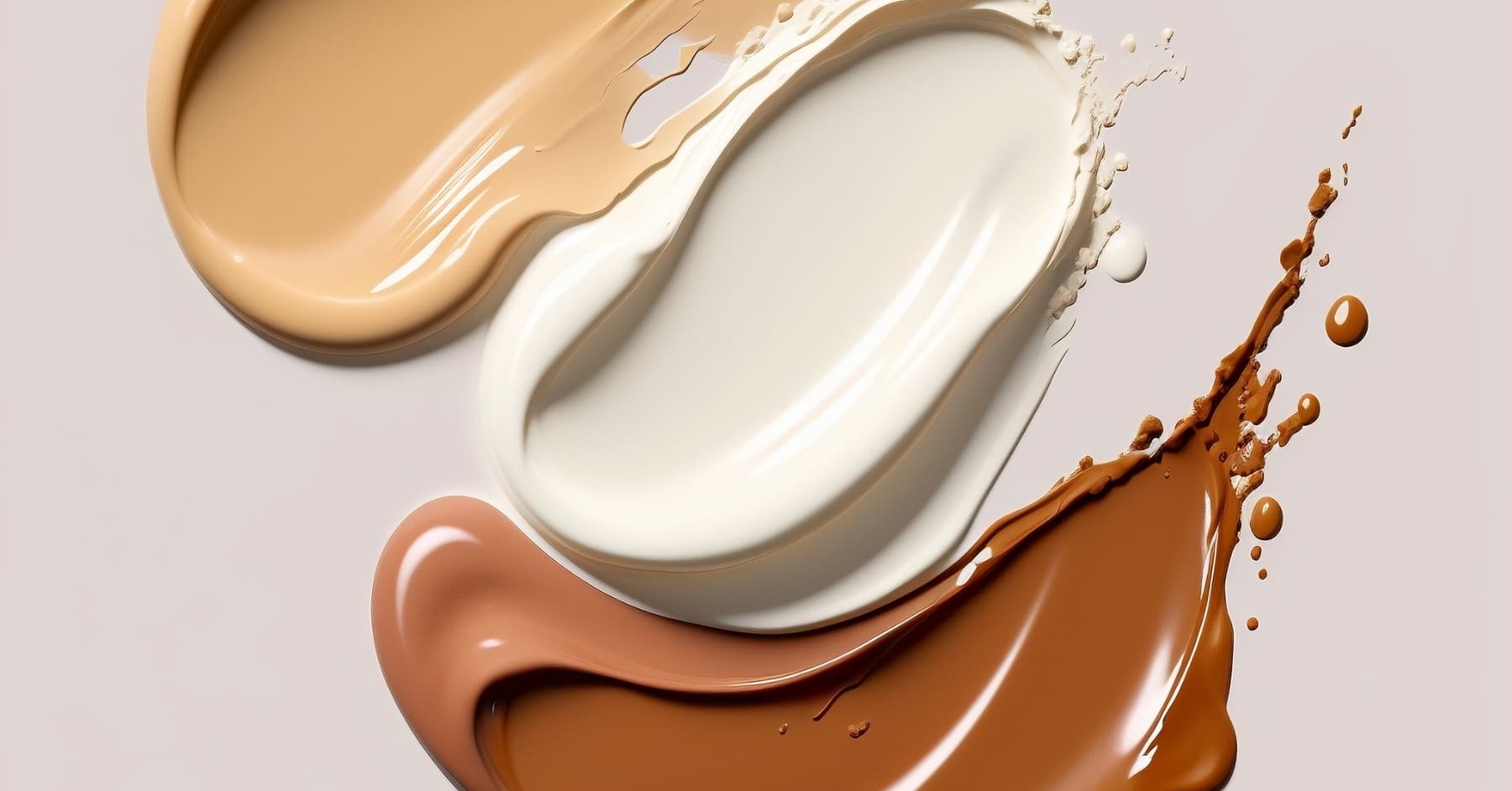If you scroll through TikTok or Instagram today, you’ll find an explosion of creativity, confidence, and killer looks from plus-size creators. From plus-size outfit hauls to styling tips and fashion hacks, the plus-size fashion community is vibrant, welcoming, and undeniably innovative.
But step into a physical store or browse a brand’s website, and the energy changes entirely.
Racks of plus-size clothing are being reduced or removed entirely. With some retailers offering their extended sizes as “online only”, quietly scaling back their size ranges or cutting out plus size ranges altogether.
So why? Do they not want plus-size consumers to have anything to wear?
Social media is a plus-size fashion paradise.
In recent years, we’ve seen plus-size influencers make waves online. Creators have gained mass followings by showing fashion on diverse bodies, proving over and over that style isn’t limited by size and that plus-size people want the same clothing options as everyone else.
Major brands have started to tap into this energy, but instead of fully embracing inclusivity, many use these creators as marketing tools. They send out PR packages, repost curated content, and drop buzzwords like “Body positive” and “ Size inclusive” to signal allyship and draw in the plus-size market without really backing it up.
These influencers have created vibrant, powerful communities online that show what plus-size fashion could be. Their content inspires, drives engagement, and challenges outdated beauty standards. But when it comes time to actually shop, the reality tells a different story.
The reality? Fewer options, more frustrations
Let’s be real, plus size shopping in Australia? It is often an absolute nightmare.
With fewer stores offering plus sizes and major brands that previously offered extended sizing pulling back, in-store plus-size options are rare. The majority of retailers offer their extended sizing online only or cut them out completely.
You’ll see this across a lot of major brands, for example.
Best and Less – Over the past 6 months began reducing their size range from an 8-26 to a 8-20.
Big Wand Kmart – have plenty of on trend pieces, but those stylish options are not to be found in their 20+ range.
Target Australia – Reduced its plus size range in stores, offering the majority of pieces online only.
Autograph and Miller’s offered extended sizing online only and then closed it down altogether.
Cotton On claims to offer its extended sizes in some stores, but the items are few and far between and often hard to find if available at all.ween and often hard to find if available at all.
H&M – Removed their extended sizes from in-store, moving it to online only.
The result? If you’re plus size, you’ll be hard pressed to find in-store shopping options that allow you an equal shopping experience. You’re left with fewer brands, fewer choices, and more hoops to jump through just to find clothes that fit.
Our clothes are slowly disappearing, and we’re the ones footing the bill every time we’re forced to order online and then return something because it doesn’t fit right.
It hurts more than just our wardrobes.
By taking away our access these companies make their messaging loud and clear “We want your money, but we don’t want you in our stores.”
It’s hurtful to plus-size consumers, especially when these companies are celebrating their “inclusivity” online but excluding us from their stores.
We’re often made to feel like after thoughts or even burdens when we have to make enquiries in store, with comments like “We don’t carry your size in store” “We just don’t have room to carry plus sizes” and “Plus sizes just don’t sell, so we don’t have them in here” becoming common place.
Let’s not forget the practical problems that come with being unable to shop in-store:
We can’t try on anything on to make sure it fits well
We pay extra for shipping and returns
Our styles are often sold out due to understocking
We end up stuck in basic, baggy, or outdated styles
We have fewer options and pay more per item
Even when brands claim to be size inclusive, it often comes across as a virtue signal or treated as a side hustle, rather than an important part of their offering.
So why is this happening?
Brands often claim there is “not enough demand” for extended sizes, but let’s be honest, how can there be a demand when these lines are often never stocked or even promoted?
That’s just the beginning; other problems include:
Poor fit and pattern grading (Sizes are not accurately made for plus-size bodies)
Stores fail to offer the same clothing as their regular lines
They use outdated styles or ugly patterns
Extremely limited store space for extended sizes
Aesthetic fears; brands believe plus plus-size bodies don’t align with their image
Meanwhile, they use plus creators to signal inclusivity on socials, baiting the plus size community, only to leave them feeling once again disappointed and excluded.
We deserve better
Australian retailers need to do better, they need to not only talk about inclusivity but actually show it. What does that look like? Let me tell you.
It means stocking full size ranges in store, not just putting them online where they’re more difficult to find and harder to try on, it means showing plus sized consumers visibly in your mainstream campaigns, not just tucked away in a separate section like an after-thought. It means actually designing your clothes for larger bodies, rather than lazily sizing up straight size patterns, that they know won’t ever fit properly. These lines shouldn’t be treated as optional, or something that can be dealt with later, they need to be permanent parts of a brands offering and most importantly brands need to genuinely listen to plus size feedback.
The average Australian woman is a size 16-18, yet so many brands still stop at a size 14 and treat anything above a 16 as “extended sizing”.
If retailers can offer such an extensive range of options for sizes below the national average then surely it’s not asking too much to give the same care and attention to those who are just a few sizes above it.
It’s not a niche, it’s the majority, and plus-sizes consumers aren’t asking for anything outrageous, we just want to be considered, in your board rooms, in your marketing meetings, and on your shop floors.
Fashion is for every body, not just social media
So yes, the plus size fashion community is thriving online, but that’s because WE make it thrive, we hunt for clothes, we style, we post and we inspire, but we’re not just content creators, we’re consumers too. We want to shop in real stores, we want fashion forward options at every size, and we want brands to stop begging for our money and engagement, when they refuse to give us access.




